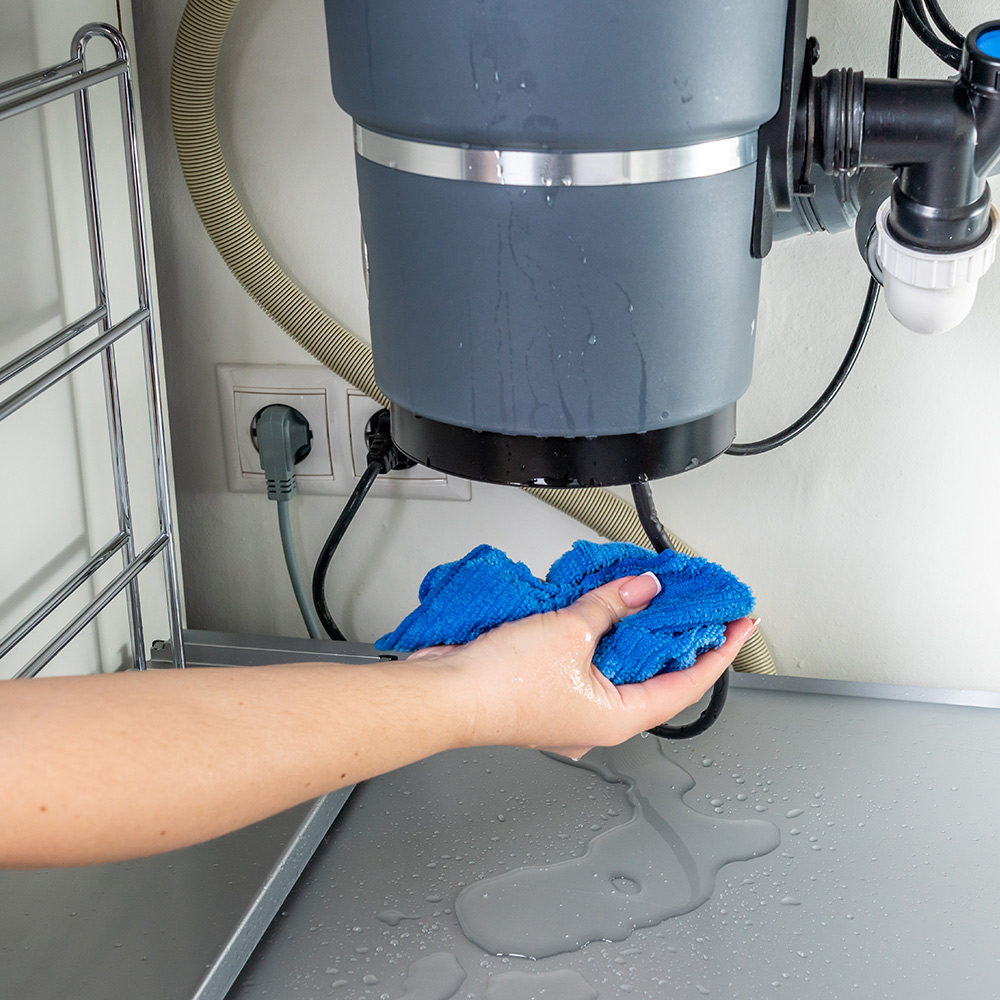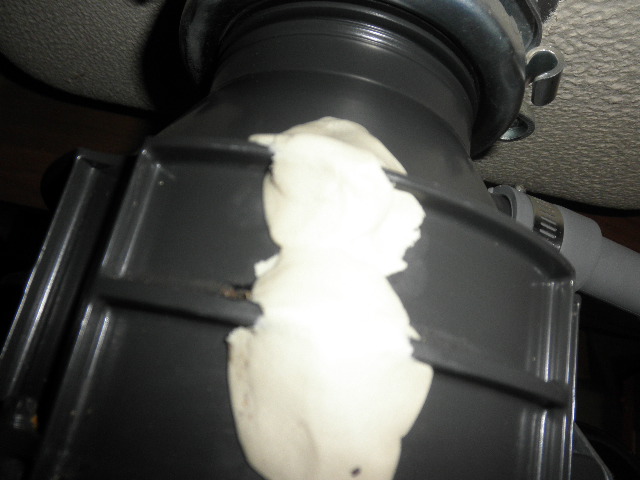Easy Ways to Repair a Leaky Waste Disposal Unit
Easy Ways to Repair a Leaky Waste Disposal Unit
Blog Article
What are your opinions about Why Is ?

Garbage disposals are essential kitchen home appliances that assist in taking care of food waste successfully. Nonetheless, a dripping garbage disposal can be a frustrating and unpleasant issue to handle. Thankfully, several leaks can be fixed conveniently with a few straightforward steps. In this short article, we will discuss how to fix a dripping garbage disposal successfully.
Introduction
Garbage disposals are installed under kitchen sinks and are made to shred food waste into smaller pieces, allowing it to go through the pipes system quickly. While these tools are generally trustworthy, leakages can take place over time because of deterioration, loosened connections, or damage to the system.
Step-by-Step Guide to Dealing With a Dripping Garbage Disposal
Shut off the Power
Before trying any kind of repair services, make certain that the power to the waste disposal unit system is switched off to prevent the threat of electrical shock.
Locate the Leakage
Determine the precise place of the leak and determine the cause
Tighten Connections
Use a wrench to tighten up any loosened connections between the disposal device and the plumbing system.
Change Seals or Gaskets
If the leak is due to used seals or gaskets, eliminate the old components and replace them with brand-new ones.
Patching Splits or Openings
For cracks or holes in the disposal unit, usage epoxy or an appropriate patching product to secure the damaged location.
Determining the Resource of the Leak
Before trying to take care of a dripping garbage disposal, it is necessary to identify the resource of the leak. This can generally be done with visual inspection or by performing easy tests.
Visual Inspection
Check the garbage disposal device meticulously for any kind of indications of water leak. Pay close attention to locations around seals, gaskets, and link points.
Examining for Leaks
One means to evaluate for leakages is by running water via the disposal unit and checking for any kind of noticeable signs of leakage.
Usual Reasons For Leaks in Waste Disposals
Worn Seals and Gaskets
Seals and gaskets play a vital role in stopping water from leaking out of the garbage disposal. Over time, these elements can deteriorate, bring about leaks around the disposal device.
Loose Connections
The connections between the waste disposal unit and the plumbing system can come to be loose with time, triggering water to leakage out throughout operation.
Splits or Holes in the Disposal Device
Physical damages to the garbage disposal, such as fractures or holes in the real estate, can also cause leaks.
Devices and Materials Needed for Repairing a Dripping Waste Disposal Unit
Before beginning the repair procedure, collect the needed devices and materials, consisting of a screwdriver, flexible wrench, plumbing professional's putty, replacement seals or gaskets, and epoxy or patching material for fixing fractures or openings.
Checking the Waste Disposal Unit After Repair
As soon as the repair work is total, evaluate the garbage disposal by running water through it to guarantee that the leak has been settled.
Preventive Maintenance Tips to Prevent Future Leakages
To avoid future leakages, it is necessary to perform routine maintenance on your garbage disposal. This includes keeping it clean, preventing putting non-food items or hard things down the disposal, and occasionally checking for leakages or other issues.
Conclusion
Finally, taking care of a leaking waste disposal unit is a fairly uncomplicated process that can be completed with standard tools and products. By following the steps outlined in this post and practicing preventive upkeep, you can maintain your waste disposal unit in good working problem and avoid expensive repair work in the future.
What to Do About a Leaking Garbage Disposal
A leaking garbage disposal often goes unnoticed until you confront a sopping cabinet, a foul-smelling puddle, or an audible drip-drip-drip from the unit. The fix can be frustrating, too, because the leak can stem from a number of components in the system. Fortunately, with a little sleuthing, you can zero in on the leak and—depending on the exact location—stop the icky oozing and repair the component that caused it. Worst case scenario, if it turns out that the garbage disposal must be replaced, installing a new one is a reasonable do-it-yourself task for those with basic plumbing skills. Read on to keep the cash you’d otherwise hand over to a pro.
Prepare to find the leak
Prior to testing the garbage disposal for leaks, unplug it at the wall outlet and turn off the power from the breaker box to prevent electrical shock. Then insert a watertight sink stopper into your sink drain and wipe the unit dry with a clean cloth. In any handy container, mix a few drops of food coloring into a few cups of water, and pour the dyed water onto the sink stopper to help you locate the leak.
Investigate the source
the top, where the disposal meets the sink drain the side, where the dishwasher hose or main drain pipe connects to the disposal or the bottom of the unit Inspect each of these locations while gliding a light-colored rag over the unit; the dyed water will readily show on the rag and reveal the location of the leak. If a leak isn’t immediately apparent, remove the sink stopper and pour a few more cups of dyed water down the sink drain, then check for leaks again. Leaks near the top of the unit are more likely to show themselves while the sink is plugged, while side and bottom leaks are more noticeable while the sink is unplugged.
The metal sink flange that sits directly inside the sink drain is typically sealed around the top with plumber’s putty (a clay-like sealant) and then secured from under the sink with bolts. If the plumber’s putty deteriorates, or the bolts loosen, the flange can no longer form a watertight seal between the sink drain and the disposal—which could cause a leak at the top of the unit.
To reseal the leaky flange, you must first detach the garbage disposal. Start by loosening the screws securing the main drain pipe to the disposal, then loosen the screws in the metal clamp securing the dishwasher hose to the disposal and detach the drain pipe and dishwasher hose from the disposal. Loosen the screws in the mounting ring that connects the disposal to the metal mounting assembly beneath the sink, then pull down the disposal and carefully set it on a clean, dry surface. Loosen the bolts in the mounting assembly with a wrench, then pull down the mounting assembly and set it near the disposal.

We hope you enjoyed reading our piece about How to fix a pretty consistent leak from my garbage disposal. Thanks a ton for taking time to browse our blog post. Sharing is good. Helping others is fun. We appreciate reading our article about Why Is .
Go Company Report this page